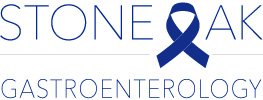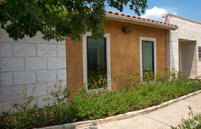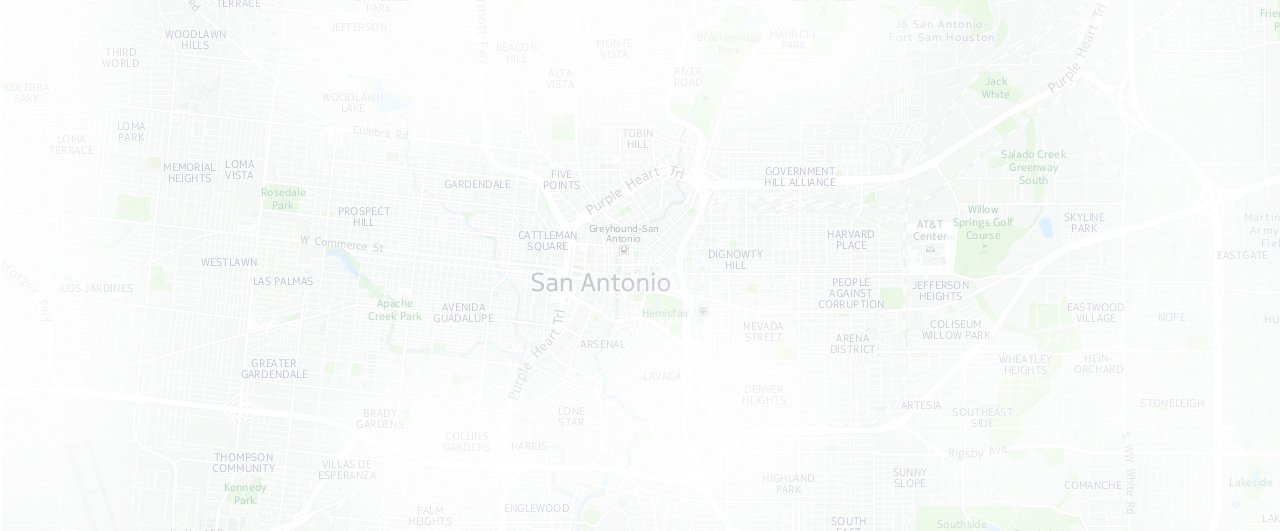Correction of Acid Reflux by Laparoscopy
To understand this procedure, it is helpful to know some upper intestinal tract anatomy. It starts with the food tube or esophagus. This organ moves food down to the stomach with sweeping muscle contractions. At the lower end of the esophagus is a specialized muscle called the lower esophageal sphincter (LES). The LES should remain tightly contracted until food or liquid arrives from above. The LES then relaxes, allowing the food and liquid to pass. Then it again becomes tightly contracted. This action prevents stomach acid, bile salts, and enzymes from flowing up into the esophagus, causing symptoms and tissue damage.
Gastroesophageal Reflux Disease (GERD)
GERD occurs when excess stomach acid flows up into the esophagus because of a weak LES. Almost everyone experiences reflux and heartburn at one time or another, often after a large meal. However, prolonged and frequent acid in the lower esophagus can cause injury such as inflammation, ulceration, scar formation, and stricture and, after a long period of time, even cancer. Some people have severe symptoms with no tissue damage, while others may have few symptoms and much tissue injury. Reflux inflammation or esophagitis along with ulceration commonly occurs. It is known that GERD is aggravated by heavy meals, nicotine, fatty foods, obesity, and lying flat in bed. Symptoms are reduced by making lifestyle changes that avoid these culprits. Medications are also very effective in treating GERD. Still, these treatments do not always work and, especially in younger patients facing a lifetime of medication, surgery may become a treatment option.
Laparoscopy
Most females have heard of laparoscopy, also known as “bellybutton” or “Band-Aid” surgery. Gynecologists have long used this technique to tie the Fallopian tubes and to inspect the female reproductive organs. Now this technique has been expanded to include correction of severe reflux disease and esophagitis. With new video technology, the laparoscope has become a miniature television camera. Exquisite magnification is now possible, showing the abdominal organs in great detail.
Laparoscopic Fundoplication
Fundoplication means folding or wrapping, and that is exactly what the surgeon does to the upper stomach in this procedure. The patient is first given a general anesthesia. Then the abdomen is inflated with carbon dioxide, a harmless gas, through a small incision at the naval. The laparoscope, a thin tube carrying the videocamera, is inserted. Four pinpoint incisions are then made in the upper abdomen through which needle-like instruments are inserted. These act as the hands of the surgeon, allowing him or her to dissect and suture. The upper part of the stomach is wrapped and sutured around both sides of the esophagus. This technique restores normal pressure to the LES and prevents acid from refluxing into the esophagus. The patient is usally started on clear liquids the first day after surgery and discharged later that day. The five tiny incisions heal quickly leaving only slight blemishes. Typically the patient returns to normal activities within a week. A soft diet is recommended for 1 to 2 weeks. Pain is very minimal, usually requiring no medication after 1-2 days.
What Are the Benefits?
The main benefit is the elimination or improvement in heartburn symptoms without the need for regular medication. The risk of a subsequent stricture of the esophagus may be reduced as well. The surgery requires no large, painful incision. There is a very short hospital stay and very rapid recovery. The hospital expense is usually less in comparison to the older open method and since the patient can return to work much quicker, there are far less lost wages.
What Are the Complications?
There is always a very rare risk with general anesthesia for any type of surgery. Internal bleeding or infection may also occur. A common but usually short-term problem is called gas-bloat. Since the LES muscle has been tightened, the patient may be unable to belch, resulting in a feeling of bloating and discomfort. Eating frequent small meals slowly and chewing thoroughly helps. In a few instances, especially in heavy patients or where abdominal surgery has been previously performed, the surgeon may be unable to do the laparoscopic technique and must resort to the traditional but still effective open surgery.
Are There Other Treatment Options?
The primary alternative to laparoscopic surgery is medication to reduce stomach acid. The best of these drugs are called the proton pump inhibitors. These drugs in adequate dosage can almost eliminate stomach acid. Patients can take these drugs for prolonged periods of time and may make surgery unnecessary. It is usually only in those patients where this treatment is ineffective, or when the patient does not wish to take long term medication, that surgical repair is considered.
Who Can’t Have the Procedure?
In some instances the surgeon will not recommend the procedure. The following list is a general one and each case is individually evaluated: Poor normal muscle function in the main portion of the esophagus. This is also called dysmotility and is measured by a pressure recording technique in the esophagus
- Pregnancy
- Esophageal cancer or a precancerous state of the esophagus as determined by endoscopy
The following conditions make this type of surgery more difficult and at times not possible:
- Extreme obesity
- Extensive previous surgery in the upper abdomen producing adhesions • A shortened esophagus as occasionally can occur with severe prolonged reflux disease
In each situation, the surgeon will weigh the benefit for the patient against the risks, always considering other medical problems and always making a recommendation that is in the patient’s best interest.
Summary
Acid reflux in the esophagus, with inflammation and ulcerations, is a very common problem experienced by nearly one in every three people. General measures such as acid reducing medicines, antacids, and diet modification can control most cases. In severe cases, where medical measures such as medications fail, laparoscopic fundoplication may be the best way to correct the problem and prevent recurrence.





